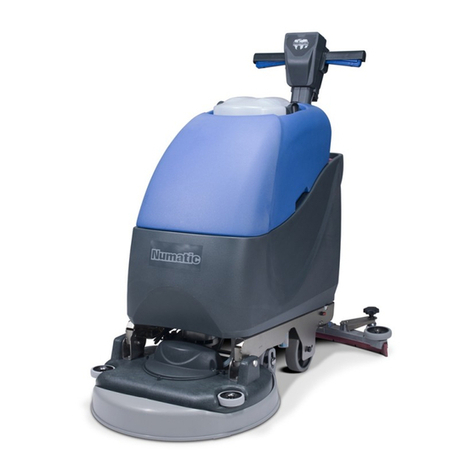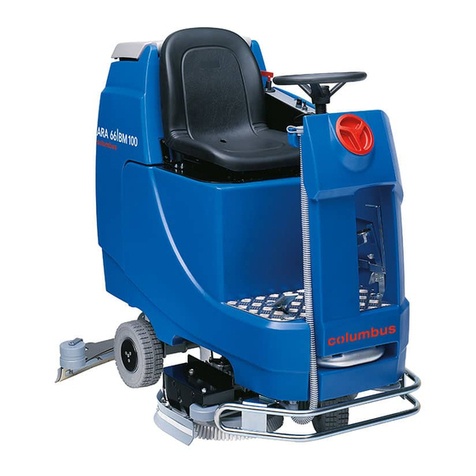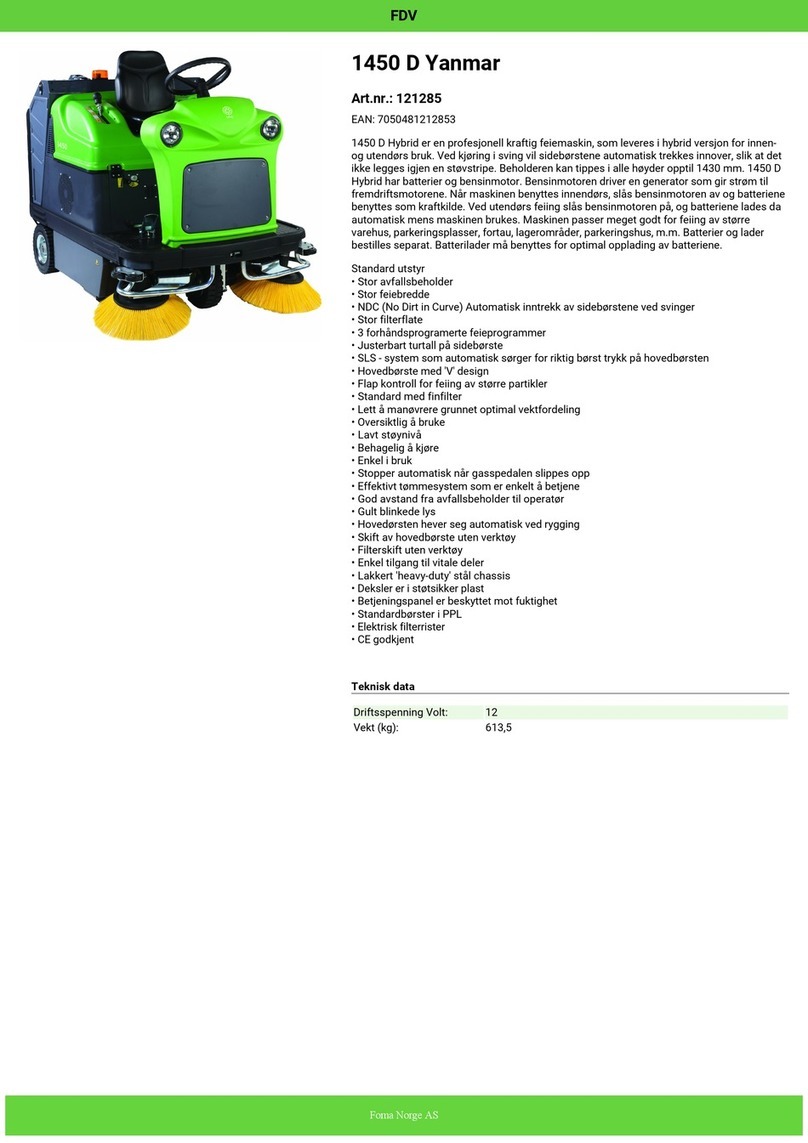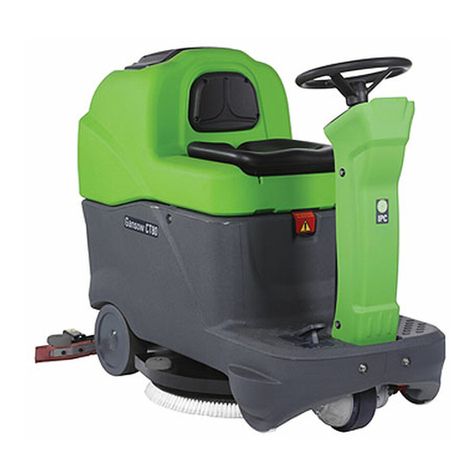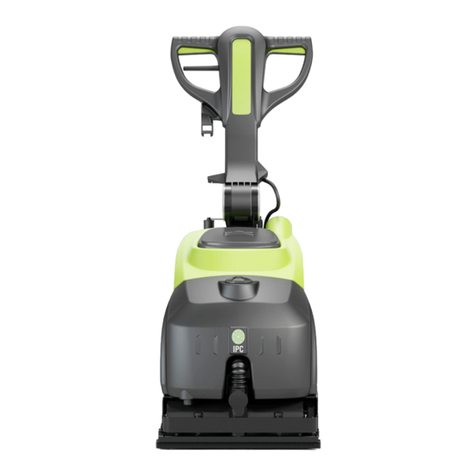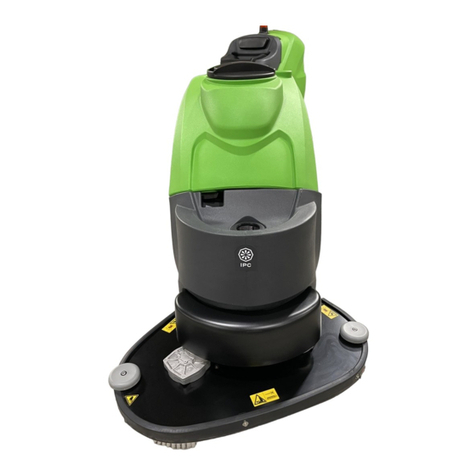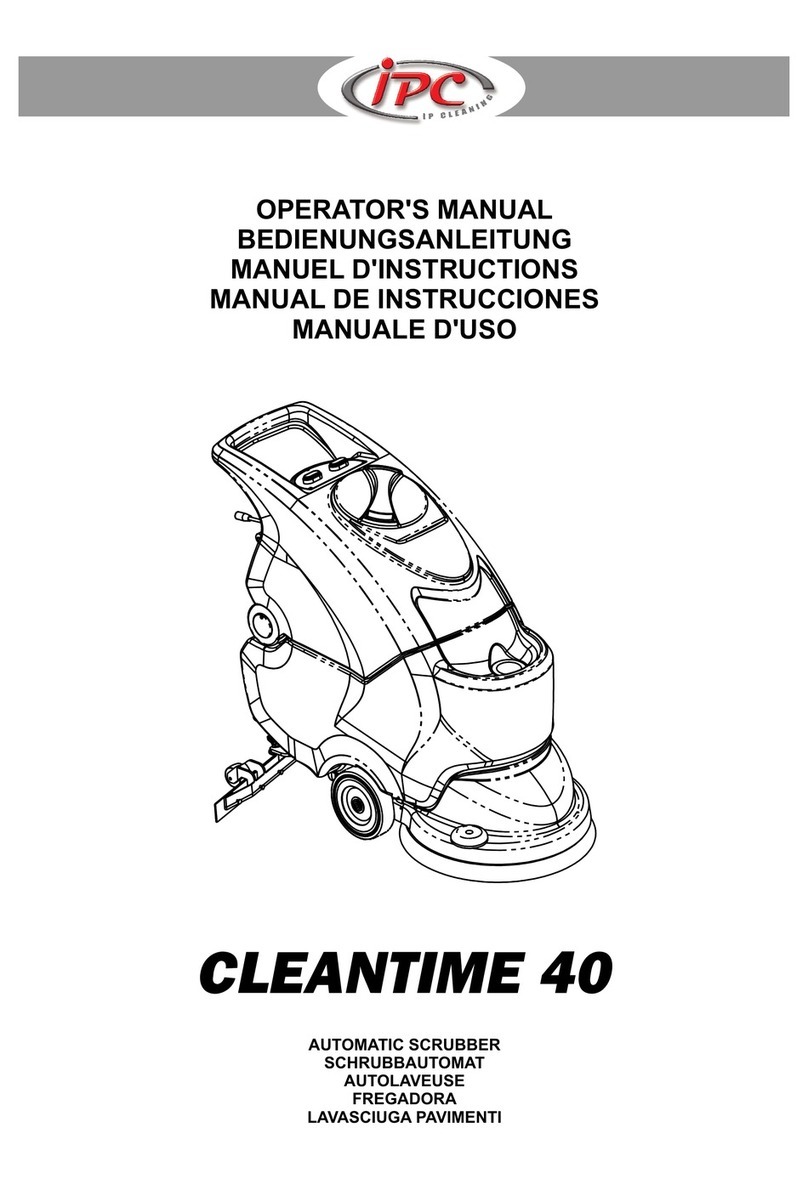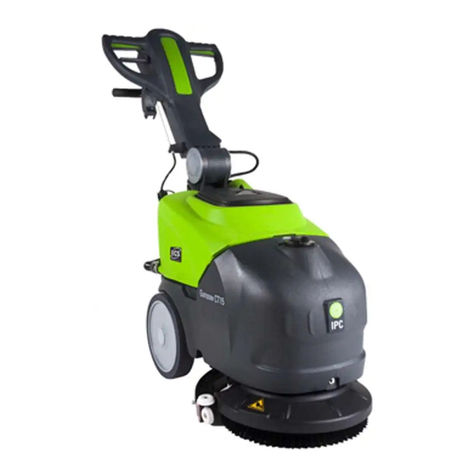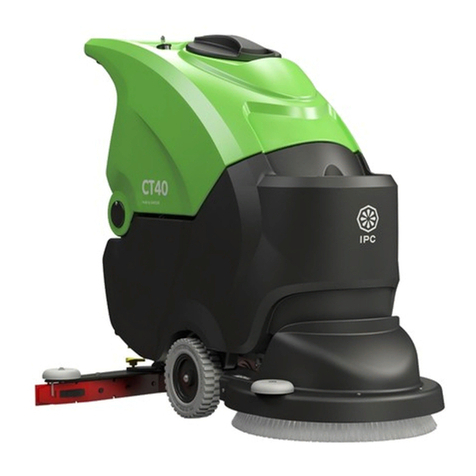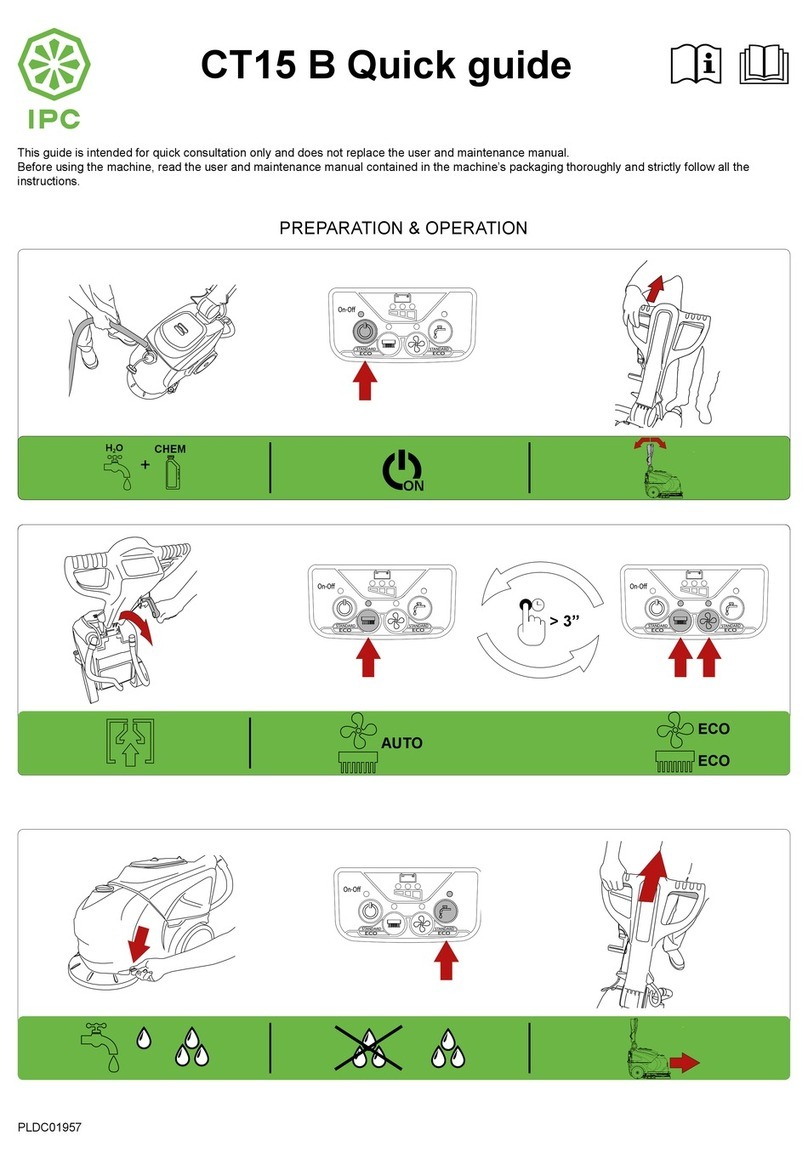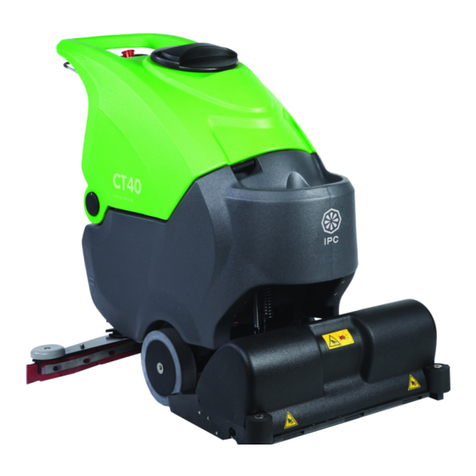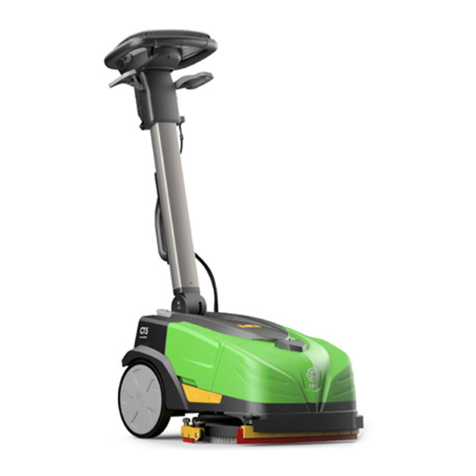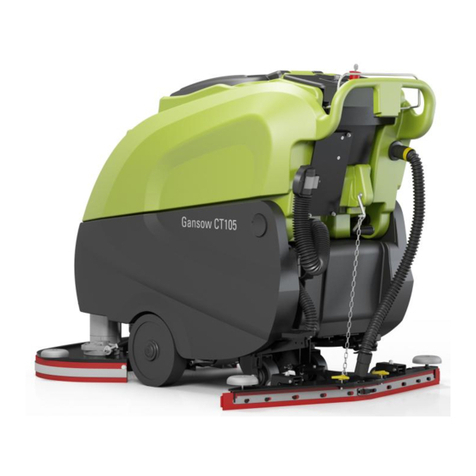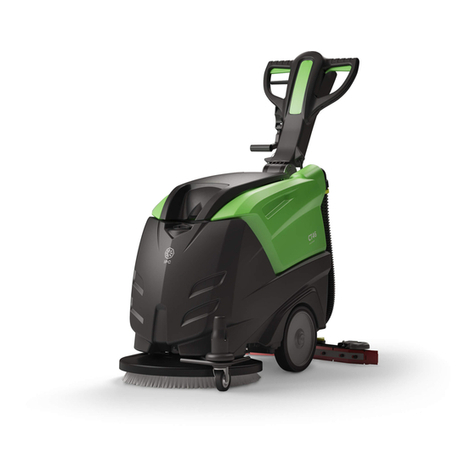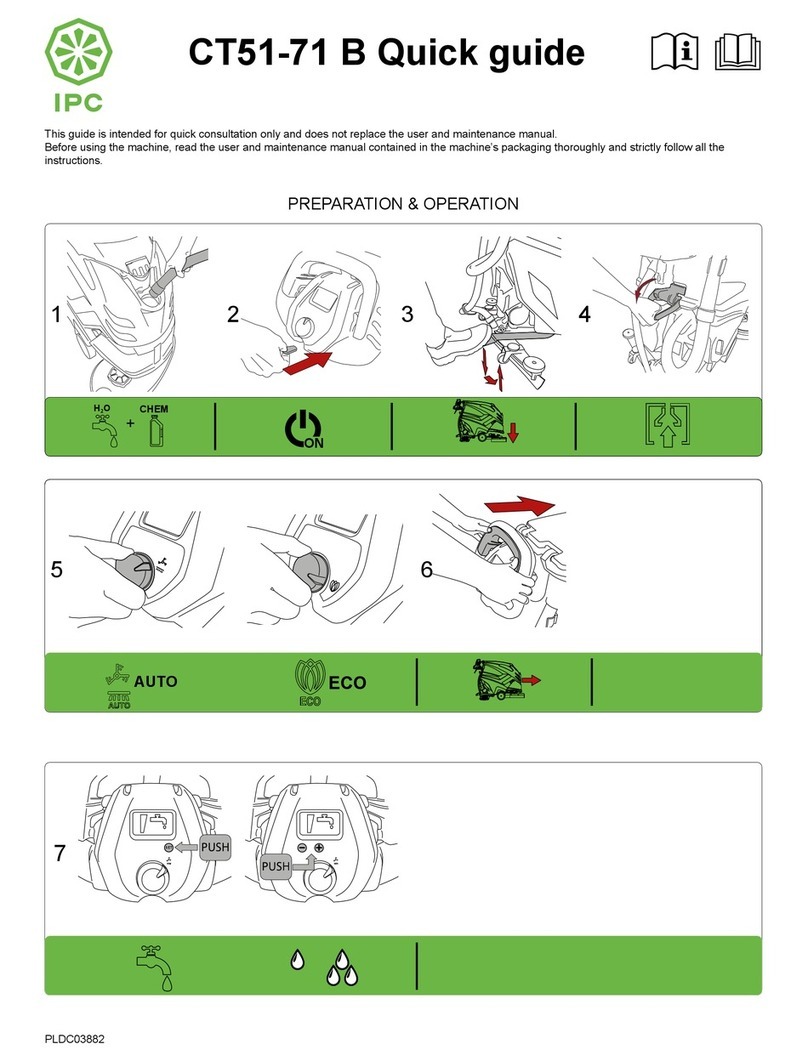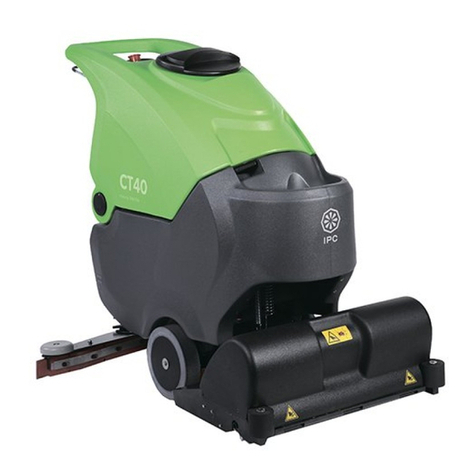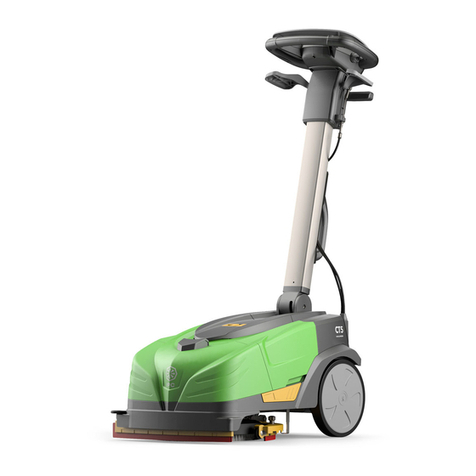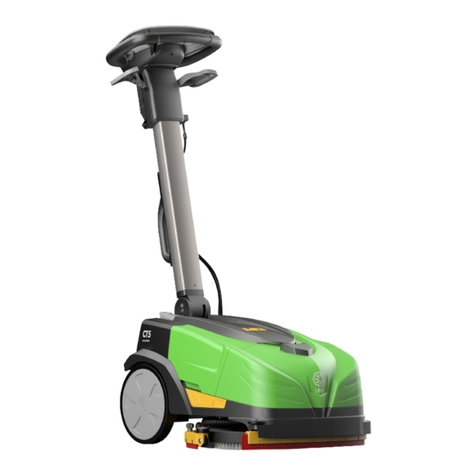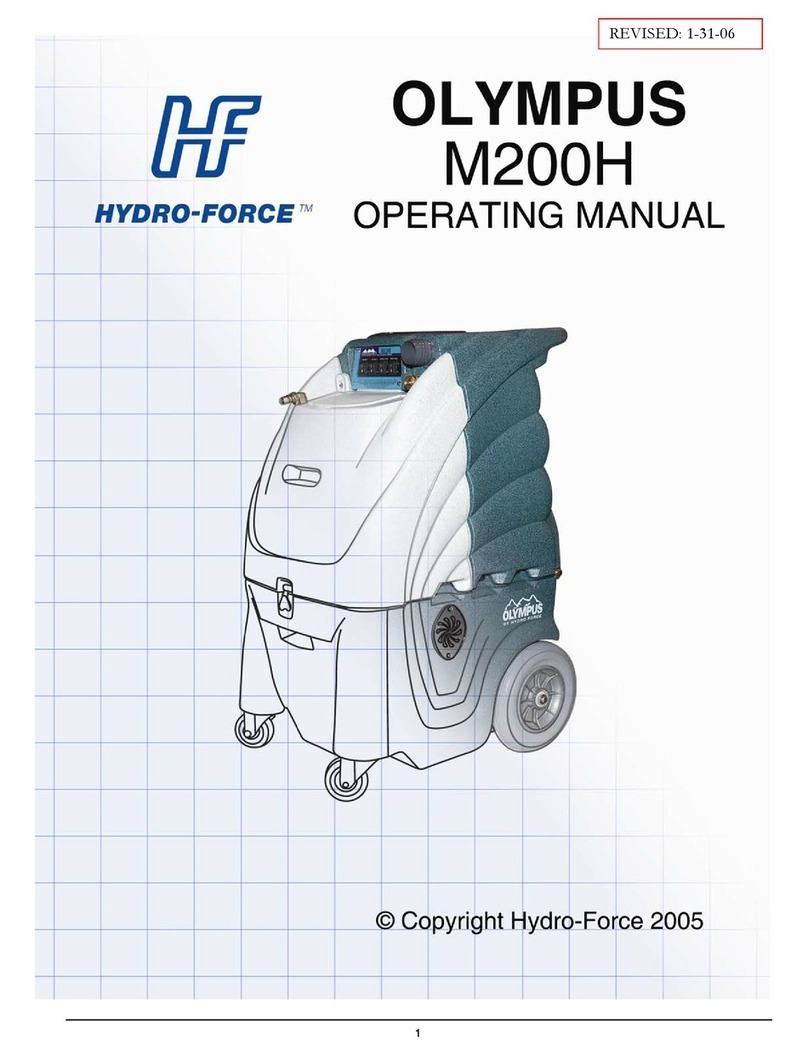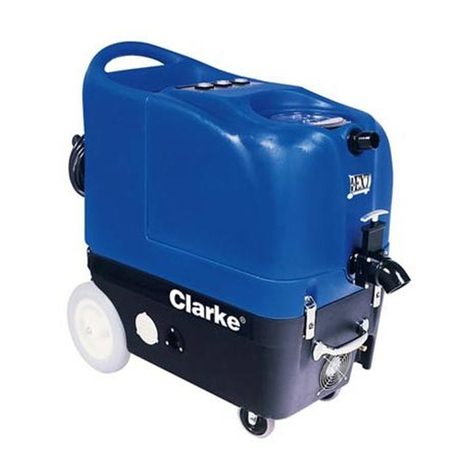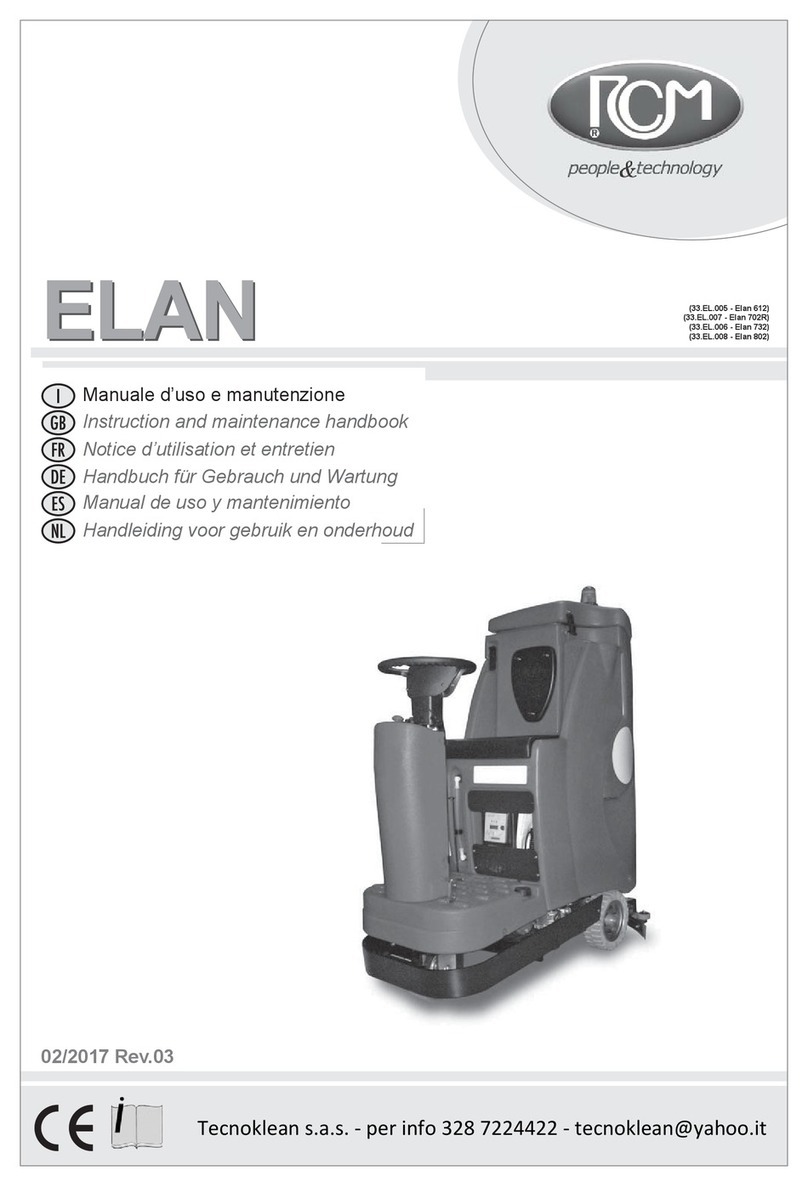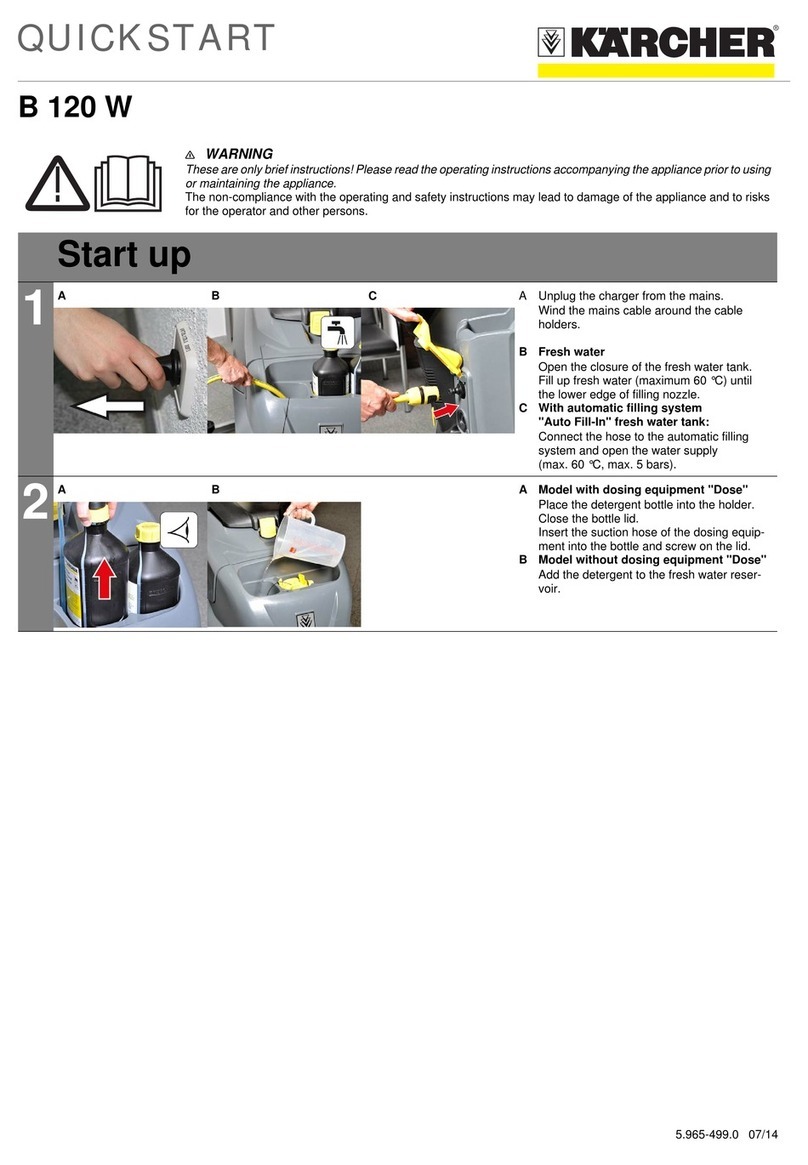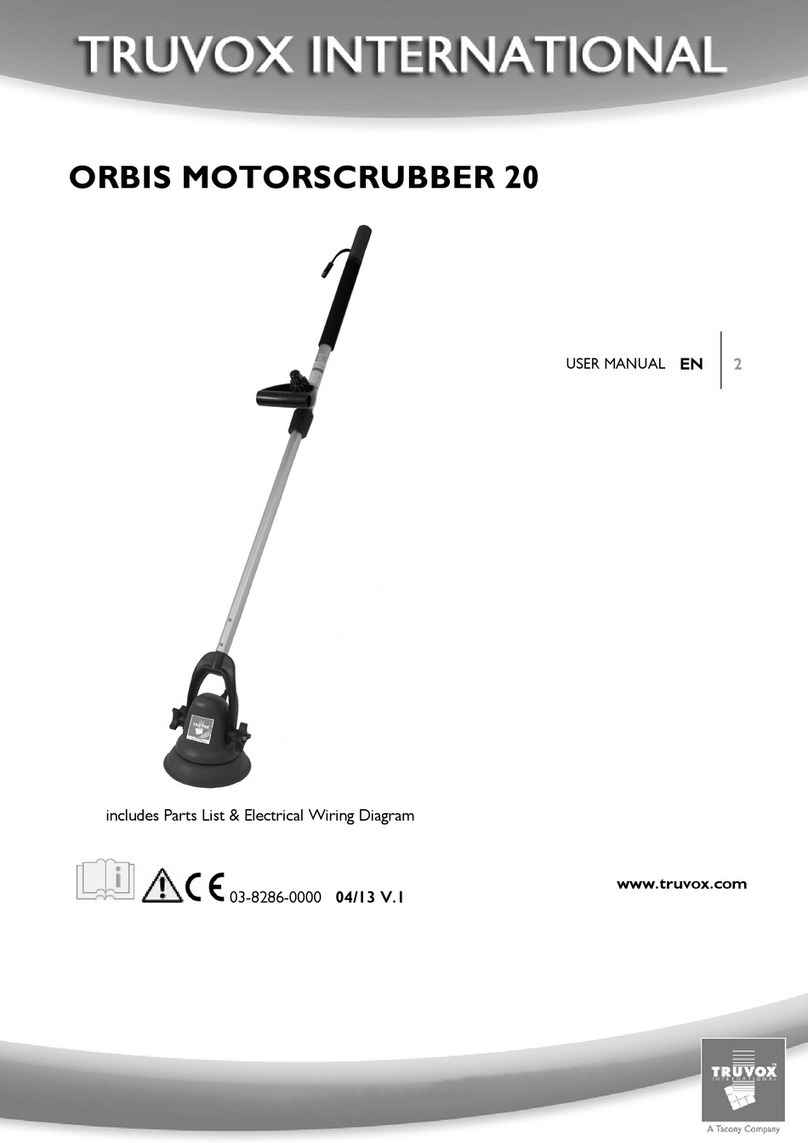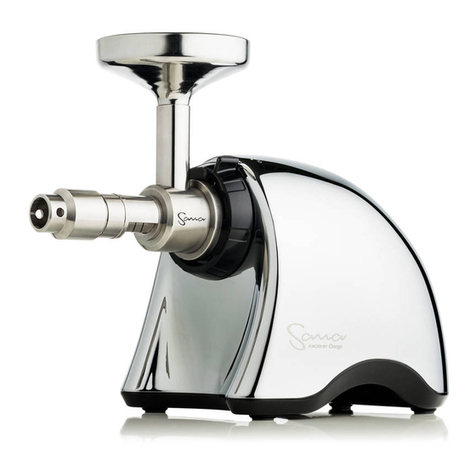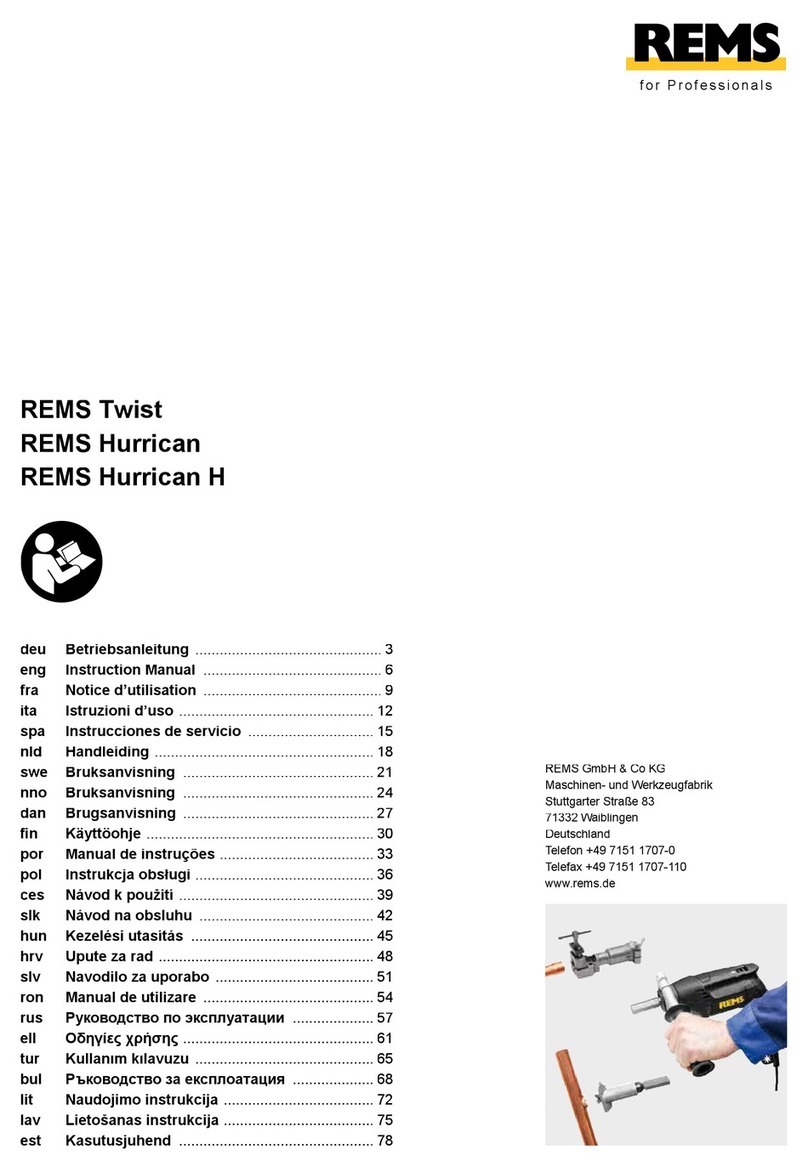
ENGLISH
2
1. INDEX
1.
INDEX................................................................................................................................... 2
2.
GENERAL INFORMATION.................................................................................................. 3
2.1.
S
COPE OF THE MANUAL
...................................................................................................................3
2.2.
I
DENTIFYING THE MACHINE
.............................................................................................................4
2.3.
D
OCUMENTATION PROVIDED WITH THE MACHINE
...........................................................................4
3.
TECHNICAL INFORMATION............................................................................................... 4
3.1.
G
ENERAL DESCRIPTION
...................................................................................................................4
3.2.
L
EGEND
..........................................................................................................................................4
3.3.
D
ANGER ZONES
...............................................................................................................................4
4.
SAFETY INFORMATION ..................................................................................................... 5
4.1.
S
AFETY REGULATIONS
....................................................................................................................5
5.
HANDLING AND INSTALLATION....................................................................................... 8
5.1.
L
IFTING AND TRANSPORTING THE PACKAGED MACHINE
..................................................................8
5.2.
C
HECKS ON DELIVERY
.....................................................................................................................8
5.3.
U
NPACKING
–
A
SSEMBLY
...............................................................................................................8
5.4.
B
ATTERIES
......................................................................................................................................9
5.4.1.
Batteries: preparation ................................................................................................................9
5.4.2.
Batteries: installation and connection........................................................................................9
5.5.
T
HE BATTERY CHARGER
...............................................................................................................10
5.5.1.
Choosing the battery charger...................................................................................................10
5.5.2.
Preparing the battery charger...................................................................................................10
5.5.3.
ON BOARD battery charger ...................................................................................................10
5.6.
L
IFTING AND TRANSPORTING THE MACHINE
..................................................................................11
6.
PRACTICAL GUIDE FOR THE OPERATOR..................................................................... 11
6.1.
C
ONTROLS
-
D
ESCRIPTION
............................................................................................................11
6.2.
M
OUNTING AND ADJUSTING THE SQUEEGEE
..................................................................................11
6.3.
M
OUNTING AND CHANGING THE BRUSH
/
ABRASIVE DISKS
..............................................................12
6.4.
D
ETERGENTS
-
I
NSTRUCTIONS
.......................................................................................................12
6.5.
P
REPARING THE MACHINE FOR WORK
............................................................................................12
6.6.
W
ORKING
......................................................................................................................................13
7.
PERIODS OF INACTIVITY................................................................................................. 14
8.
BATTERY MAINTENANCE AND CHARGING.................................................................. 15
9.
MAINTENANCE INSTRUCTIONS ..................................................................................... 15
9.1.
M
AINTENANCE
-
G
ENERAL RULES
.................................................................................................15
9.2.
R
OUTINE MAINTENANCE
...............................................................................................................15
9.2.1
Detergent tank filter: cleaning .................................................................................................15
9.2.2
Squeegee blades: replacing......................................................................................................15
9.2.3
Fuses: replacing.......................................................................................................................16
9.3.
R
OUTINE MAINTENANCE
...............................................................................................................16
9.3.1.
Daily operations ......................................................................................................................16
9.3.2.
Weekly operations ...................................................................................................................16
9.3.3.
Six monthly operations............................................................................................................17
10.
TROUBLESHOOTING AND ERROR CODES.............................................................. 18
10.1.
H
OW TO RESOLVE POSSIBLE PROBLEMS
........................................................................................18
